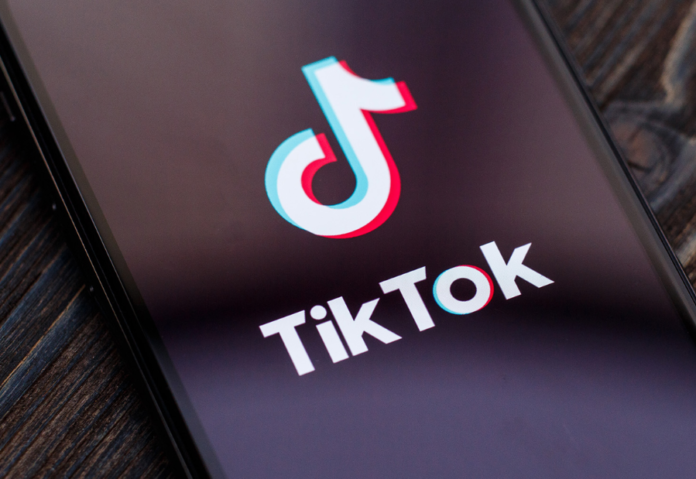TikTok revealed that it will start identifying images and movies uploaded to its video-sharing platform that were created with artificial intelligence by utilizing a digital watermark known as Content Credentials.
TikTok announced on Thursday that it will begin using a digital watermark called Content Credentials to identify photos and videos uploaded to its video-sharing platform that were produced with artificial intelligence.
Researchers are worried that artificial intelligence (AI)-generated content might be exploited to sway the results of the US elections this autumn. TikTok was one of 20 internet companies that earlier this year signed an agreement promising to combat this threat.
The latest approach will apply a label to movies and photos generated outside of the service. Currently, the business labels AI-generated material created with tools within the app.
“We also have policies that prohibit realistic AI that is not labeled, so if realistic AI (generated contents) appears on the platform, then we will remove it as violating our community guidelines,” TikTok’s head of operations, trust, and safety, Adam Presser, stated in an interview.
The Coalition for Content Provenance and Authenticity, which was co-founded by Adobe (ADBE.O), Microsoft (MSFT.O), and other organizations, led the development of the Content Credentials technology. However, other companies are free to utilize this technology.
Some have already embraced it, including OpenAI, the creator of ChatGPT.
Alphabet’s YouTube (GOOGL.O) opens a new tab. Additionally, it has been announced that Google and Meta Platforms (META.O.), the company that controls Instagram and Facebook, will use it.
The platform that distributes the material and the creator of the generative AI tool that creates it must both agree to follow the industry standard for the system to function.
For example, when someone uses OpenAI’s Dall-E tool to create an image, OpenAI adds data to the file that can later be used to detect whether the image has been altered and adds a watermark to the final product.
The marked image will be automatically tagged as AI-generated if it is later published on TikTok.
With 170 million users, TikTok is owned by ByteDance in China. A law was recently passed in the United States mandating that ByteDance divest TikTok or risk being banned. ByteDance and TikTok have filed lawsuits to overturn the rule, claiming it violates the First Amendment.
Also read: Unveiling the Ethical Imperatives: Navigating the Intersection of AI and Cybersecurity
Do Follow: CIO News LinkedIn Account | CIO News Facebook | CIO News Youtube | CIO News Twitter
About us:
CIO News is the premier platform dedicated to delivering the latest news, updates, and insights from the CIO industry. As a trusted source in the technology and IT sector, we provide a comprehensive resource for executives and professionals seeking to stay informed and ahead of the curve. With a focus on cutting-edge developments and trends, CIO News serves as your go-to destination for staying abreast of the rapidly evolving landscape of technology and IT. Founded in June 2020, CIO News has rapidly evolved with ambitious growth plans to expand globally, targeting markets in the Middle East & Africa, ASEAN, USA, and the UK.
CIO News is a proprietary of Mercadeo Multiventures Pvt Ltd.






